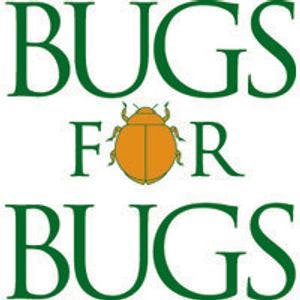Summary
Locally occuring parasitoids can be highly effective at suppressing pest populations, and there is a wide diversity of parasitoids that target the caterpillars of lepidoptera (moths and butterflies).
In Australia, the families Braconidae and Ichneumonidae are the most prevalent parasitoids associated with caterpillar biological control.
Braconidae and Ichneumonidae have similarities in appearance and ecological behavior. Ranging in size from 10mm to 250mm, with Ichneumonidae generally being larger, they display bright markings and females possess a long ovipositor.
Female wasps lay their eggs on or inside caterpillar bodies, often depositing hundreds of eggs throughout their lifespan. The number of eggs per host varies among parasitoid species, ranging from multiple eggs to a single egg.
Parasitoid development relies on the caterpillar host, with the parasitoid larvae feeding on the caterpillar until pupation. The adult parasitoid emerges, while the caterpillar succumbs to the parasitoid's presence. Developmental times vary by species and temperature, typically taking about one to two weeks.
Infected caterpillars may display altered behavior such as reduced feeding or remaining in exposed positions instead of seeking shelter. Other parasitoids permanently paralyze their hosts to prevent development.

Diet
Most lepidopteran larval parasitoids are specialists, usually attacking just
a single pest species. Some species may possess broader abilities to parasitize various lepidoptera hosts within a given habitat.
Importantly, lepidoptera parasitoids exclusively attack and eliminate lepidoptera and do not cause harm to plants, other insects, livestock, or humans.
Pests Attacked*
*with pesticide resistance
Monitoring guidelines
Medium-large wasps can be seen actively seeking out larvae in crops.
Look for signs of abnormal behavior or physical abnormalities in caterpillars. Parasitized caterpillars may exhibit slowed movement, unusual coloration, or abnormal body shapes. You may also see dead caterpillars with exit wounds on their body.
Some parasitoid species develop externally, leaving small grubs or cocoons attached to the caterpillar, while others complete their development entirely inside the caterpillar, becoming apparent in later stages as the larvae develop and pupate (refer to image below).

Habitat management
Some species of lepidopteran larval parasitoids can be bought commercially for release.
Parasitoids can be found in various habitats where lepidoptera are present, including greenhouse and open field crops. Adults are commonly observed at flowers or actively searching for hosts around trees, vegetation, or plant litter. They thrive in protected environments with well-developed foliage, such as crops.
Creating diverse habitats with hedgerows, cover crops, brushpiles and wildflower strips can support parasitoid population, by providing additional food sources, nesting sites, and protection from pesticide exposure or extreme weather conditions. This aids parasitoid survival during non-crop periods or when crop conditions are suboptimal, improving early season control.
Many parasitoid species are highly sensitive to insecticides, and excessive use can be detrimental to parasitoid populations and their effectiveness as biological control agents.
Consider adopting integrated pest management (IPM) practices, which involve using pesticides judiciously and as a last resort. Targeted application of pesticides, avoiding broad-spectrum ones, and selecting insecticides that have minimal impact on non-target organisms can help preserve parasitoid populations.
Chemical toxicity
To assist growers and advisors in making informed choices around insecticide use in Australian grain crops, the below table summarises the toxicity of foliar chemical sprays on lepidopteran larval parasitoids.
The impact ratings in the table are colour-coded, indicating the level of impact on beneficial insects. The colour scheme is as follows:
- Green: low impact (<30% mortality)
- Yellow: moderate impact (30-79% mortality)
- Orange: high impact (80-99% mortality)
- Red: very high impact (>99% mortality)
Data shown here is directly from the Beneficials Chemical Toxicity Table.
Ratings for toxicity are based on International Organisation for Biological Control (IOBC) protocols for laboratory studies and reflect percent mortality of insects.
These values represent mortality under controlled laboratory conditions – impacts may vary in the field, especially if multiple applications of a chemical occur.




